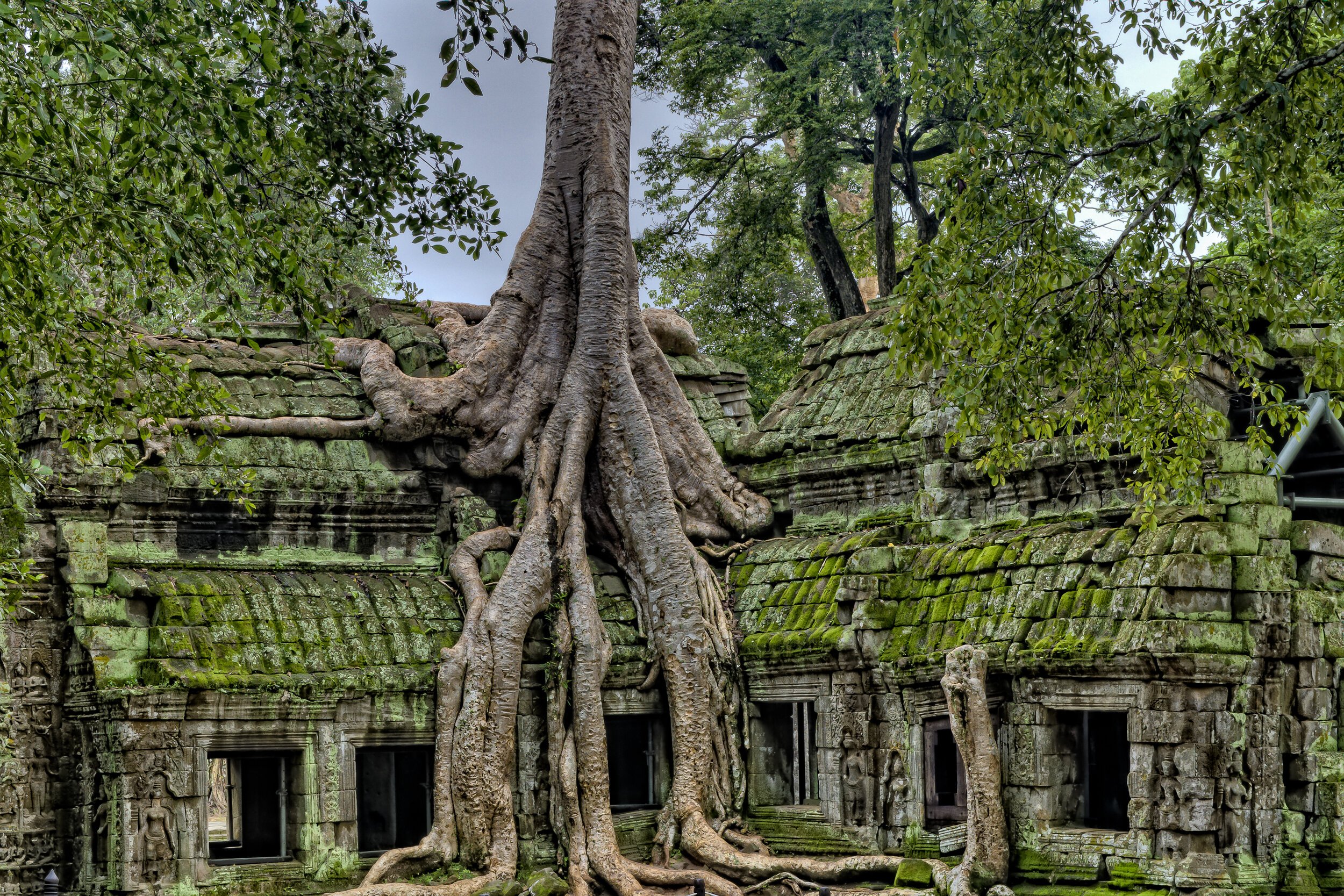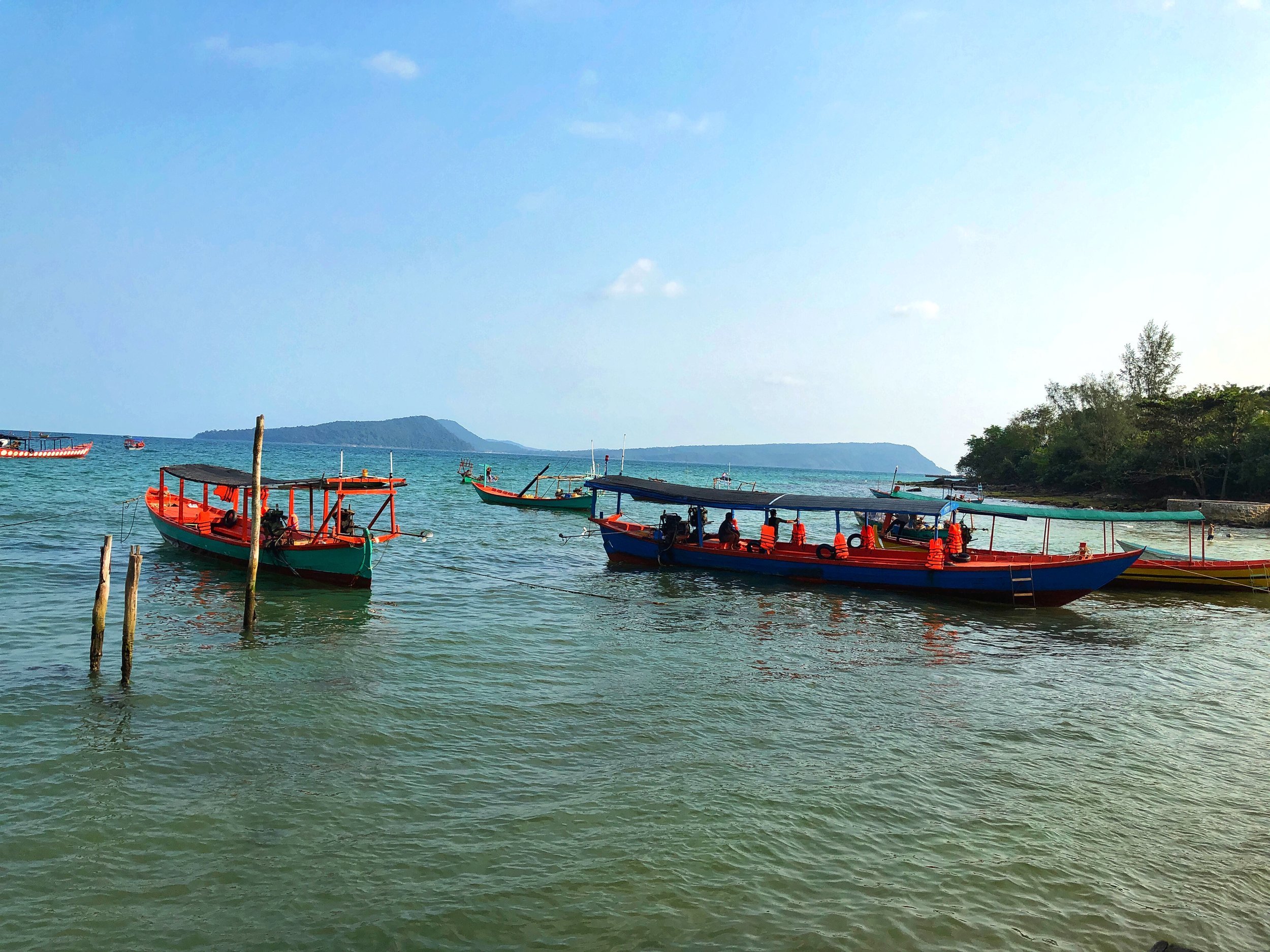
CAMBODIA
Country Overview:
"Despite its tragic history, Cambodia is a country of remarkable resilience, boasting a rich cultural heritage and captivating landscapes that deserve exploration."
My journey began in Phnom Penh, the vibrant heart of Cambodia, where the country's political, economic, and cultural threads intertwine. I also had the privilege of visiting the awe-inspiring Angkor Wat in Siem Reap, an architectural marvel and the world's largest religious monument. It's important to acknowledge Cambodia's troubled past. The Khmer Rouge's reign of terror and the Cambodian genocide left deep scars on the nation. Yet, the Cambodian people have shown remarkable strength and resilience in rebuilding their country.
Koh Rong, Cambodia
Koh Rong is the second largest island of Cambodia. The word Rong might refer to an old term for caveor tunnel although some islanders say Rong refers to a historical person's name.
Choeung Ek - Cambodia
Choeung Ek is the site of a former orchard and mass grave of victims of the Khmer Rouge - killed between 1975 and 1979 - about 17 km south of Phnom Penh, Cambodia. It is the best-known of the sites known as The Killing Fields, where the Khmer Rouge regime executed over one million people between 1975 and 1979.
Royal Palace - Phnom Penh, Cambodia
The Royal Palace is a complex of buildings which serves as the royal residence of the king of Cambodia.
Siem Reap - Angkor Wat, Cambodia
Angkor Wat is a temple complex in Cambodia and one of the largest religious monuments in the world. Originally constructed as a Hindu temple dedicated to the god Vishnu for the Khmer Empire, it was gradually transformed into a Buddhist temple towards the end of the 12th century.
The movie Tomb Raider was shot in Ta Prohm (the pictures with the crazy trees).










































